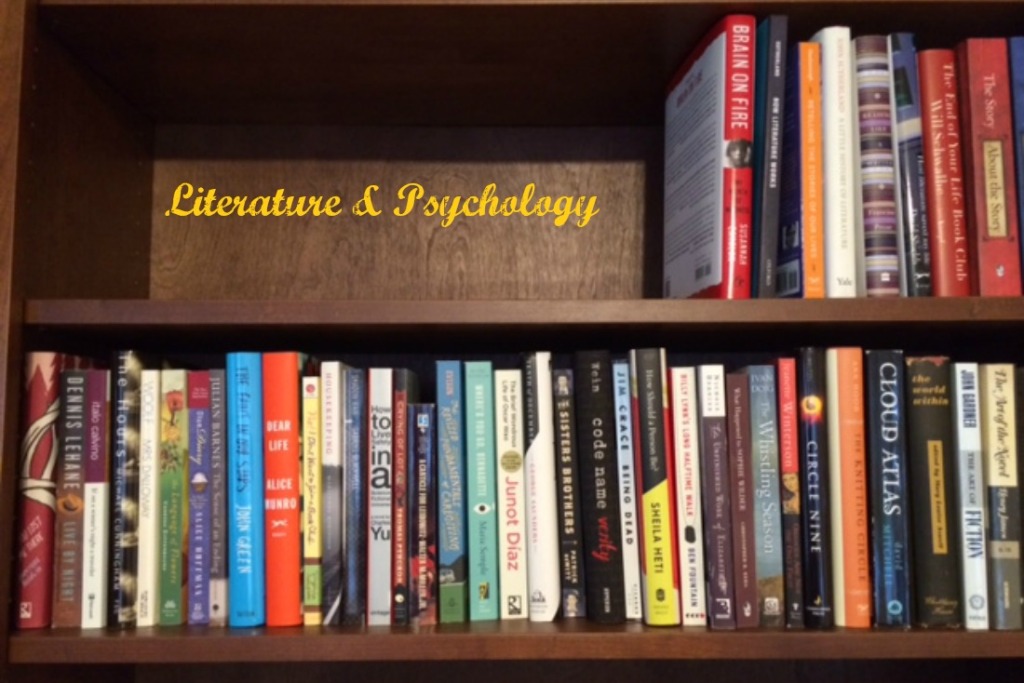“We live forwards but we understand backwards.”
–Danish philosopher Søren Kierkegaard (1813–1855)
Even though we may not be aware of it, we all carry within us a story about our lives that describes who we are. We’ve had experiences from which we’ve learned lessons, and from those experiences and lessons we’ve formulated a set of beliefs and values. Someone who has known the pain of being bullied at school, for example, may decide never to inflict the same pain on someone else. The story of being bullied becomes a focal point in his life story to demonstrate why he tries to treat others with kindness and compassion.
Our life story communicates who we are to both ourselves and others. Story in this context does not mean something untrue—“Oh, that’s just a story”—but rather a narrative, a sequence of events that have occurred over time. The longer we live, the more complex and layered our life story becomes.
We construct our life story in order to find meaning in our experiences and to describe how those experiences have made us the person we are now. In Western culture the process of creating a sense of self through building a life story generally begins in late adolescence or early young adulthood (roughly, ages 16 to 22). Young children may rehearse stories of specific events that have happened to them—“Remember the time I fell down Grandma’s porch steps?”—particularly with coaching from parents. Although such remembered stories help youngsters begin to develop a sense of self, children won’t begin to integrate those individual events into a larger, unified life story until they get older.
We communicate our identity through a life story because humans have a natural propensity to compose and tell stories to explain what is happening around them. (See the review of The Storytelling Animal ). This tendency toward storytelling is why conspiracy theories can gain such a foothold in the popular mind: They are stories that arise from our tendency to look for patterns and to fill in the blanks when necessary to make sense of what we perceive. Our love for stories also explains the power of stories in advertising.
Our life story represents a paradox that we all face as we grow up: We want to fit somehow into the society we live in, but we also want to carve out a unique identity, a personal sense of self. Our life story therefore has both a cultural and a personal component.
Where does our life story come from? The cultural component begins early, long before we are old enough to assemble a sequence of events into a coherent narrative. As young children we begin to assimilate unconsciously our culture’s expectations about how we should behave. These expectations include proper behavior for our gender, class, and age. Through religious education and common stories such as fairy tales and popular books we learn to fulfill such expectations as “Don’t talk back to grownups” and “Share your toys with others.”
Our cultural stories provide templates from which we begin to understand how we’re expected to live our lives. The story of Cinderella, for example, explains what happens to daughters once their fathers are no longer around to protect them and offers the solution to the problem: find a Prince Charming to marry and then live happily ever after. Although different cultures offer different story templates, all children begin at a very young age to recognize the life paths they’re expected to follow as they grow up. Just a couple of generations ago boys in the Western world assimilated stories that encouraged them to become doctors, businessmen, or astronauts. Girls, on the other hand, learned stories that taught them they could become teachers, secretaries, or nurses (but not doctors) until they fulfilled their true destiny by getting married and raising a family.
The personal component of our life story emerges as we grow up and attempt to graft our own experiences onto the cultural templates we’ve assimilated. Many individuals never realize that there might be alternative life options available that are not sanctioned by their culture; for them, the creation of a narrative identity involves choosing from the cultural menu of options, and their life narratives reinforce the dominant culture’s patterns.
But people who live outside the normative options of their culture must decide how to narrate their life story. The current movement #WeNeedDiverseBooks attempts to expand the life-story options available by featuring stories that showcase young people of both genders and of various ethnicities, ability levels, and sexual orientation succeeding in diverse pursuits. People who find no cultural models for themselves face two choices: (1) to silence the parts of their identity that are unacceptable to society, or (2) to use their life stories to contest rather than to reinforce dominant social practices.
We continue to build and alter our life story as we have more experiences. Most of us will continue to seek meaning in our lives until we lose consciousness of what’s happening around us. Our life story is an ever-evolving artifact of how one person has interacted with the world over the course of a lifetime.
What Does All This Have to Do with Fiction?
Fiction deals with the intricacies of human nature. All fictional characters have implicit life stories, and thinking about those stories can help us interpret and understand a character’s thoughts, words, and actions. The current emphasis on storytelling in all aspects of life also means that some fiction even explicitly examines the concept of characters’ life stories.
We’ll look at some examples of how life stories illuminate fiction in future posts.

